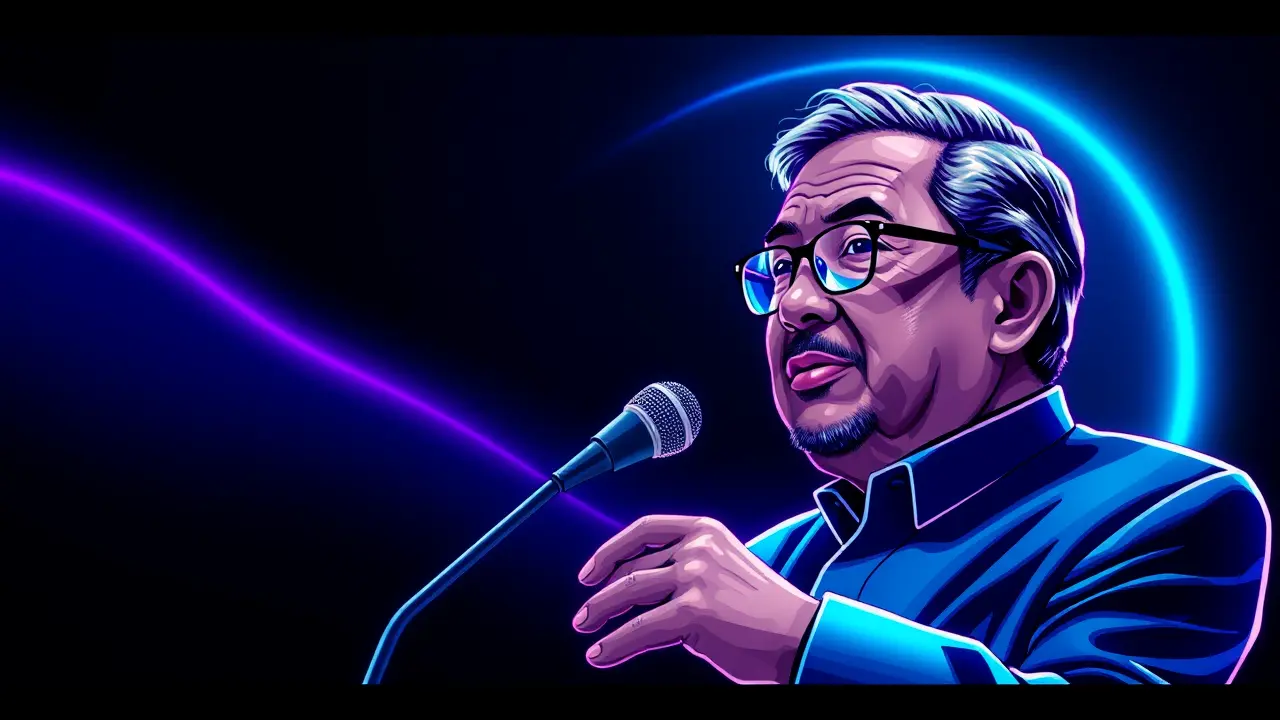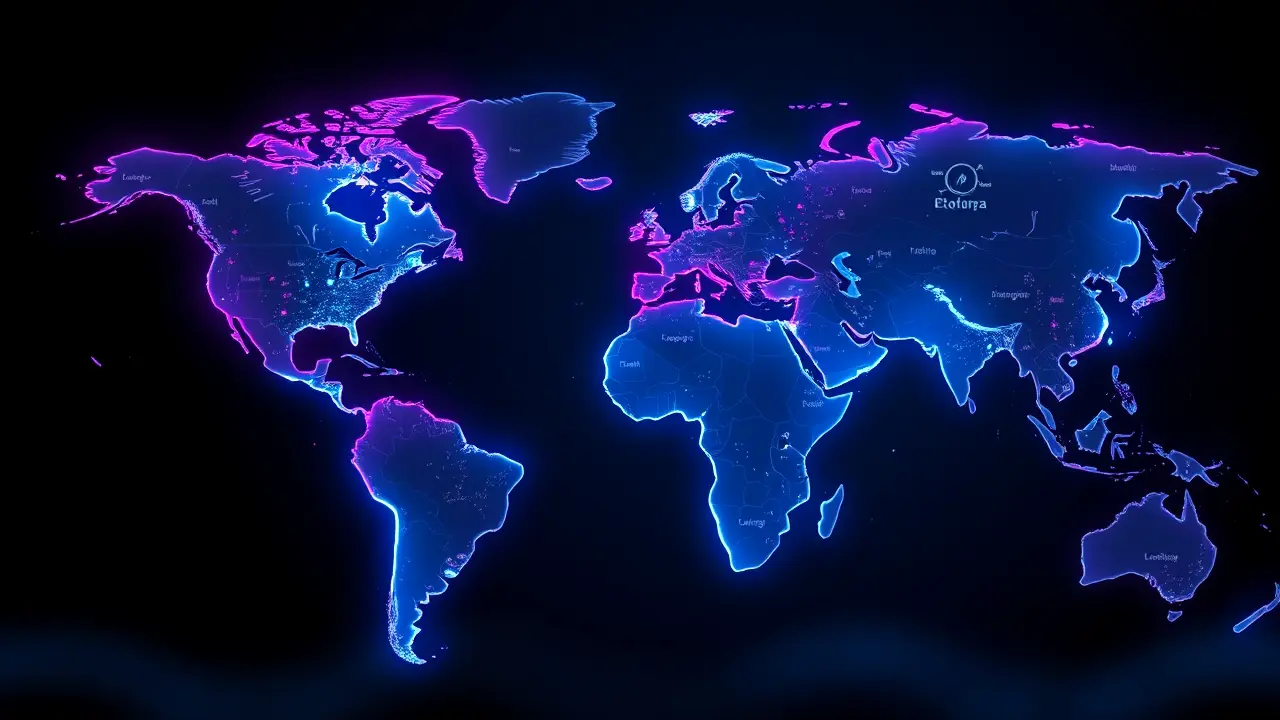
PoliticsdiplomacyPeace Talks and Treaties
Thailand and Cambodia Withdraw Weapons and Demine Border.
OL
Oliver Scott
11 hours ago7 min read
The strategic withdrawal of heavy weapons and the commencement of demining operations along the contested Thai-Cambodian border, initiated this Monday following last week's signing of an enhanced ceasefire in Kuala Lumpur under the symbolic gaze of US President Donald Trump, represents a critical inflection point in a long-standing and volatile regional dispute that has, on multiple occasions, teetered on the brink of full-scale conflict. This latest de-escalation, while a welcome development, must be analyzed not as a final resolution but through the lens of political risk and scenario planning, where the ghosts of past confrontations—such as the deadly five-day exchange of artillery fire three months prior that displaced thousands and resulted in significant casualties—loom large over the present détente.The border near the Preah Vihear temple, a UNESCO World Heritage site and the epicenter of these tensions since the International Court of Justice's 1962 ruling awarded it to Cambodia, is a landscape scarred by decades of mutual suspicion, nationalistic fervor, and an estimated millions of landmines left over from previous conflicts, creating a humanitarian and security crisis that this demining effort only begins to address. From a risk-analytical perspective, the presence of a US President at the signing ceremony is a non-trivial signal, suggesting a recalibration of great-power interest in Southeast Asian stability, potentially as a counterweight to Chinese influence in the region, thereby adding a layer of geopolitical complexity to what is ostensibly a bilateral issue.However, the core drivers of risk remain potent: domestic political pressures in both nations, where hawkish military factions and opposition parties have historically leveraged border patriotism for political gain, could swiftly unravel this truce, much as they have with previous agreements. The logistical nightmare of the demining operation itself, often described as one of the most heavily contaminated regions in the world, presents a monumental task that will take years, if not decades, requiring sustained political will and international funding that may wane as the immediate crisis fades from headlines.Scenario planning dictates we consider several pathways: the optimistic scenario sees this as a foundation for lasting cooperation, potentially leading to joint economic development zones that transform a zone of conflict into one of commerce. A baseline scenario involves a fragile peace punctuated by occasional, low-level skirmishes, with both sides cautiously re-arming just beyond the horizon, maintaining a tense status quo.The high-risk, tail-scenario involves a catalytic event—an accidental civilian death from a stray mine, a provocative military patrol—reigniting hostilities with greater intensity, potentially drawing in regional actors like ASEAN and further complicating the security architecture of the Mekong sub-region. The withdrawal of weapons is a tactical maneuver; the real strategic victory will be in building resilient institutions for border management and dispute resolution that can survive the inevitable political cycles in Bangkok and Phnom Penh. The world should watch not just the removal of artillery but the subsequent negotiations on border demarcation and resource sharing, for it is there that the true sustainability of this peace will be determined.
#featured
#Thailand
#Cambodia
#border conflict
#demining
#ceasefire
#weapon withdrawal
#peace efforts
Stay Informed. Act Smarter.
Get weekly highlights, major headlines, and expert insights — then put your knowledge to work in our live prediction markets.
Related News
© 2025 Outpoll Service LTD. All rights reserved.













